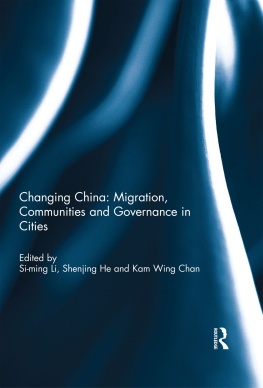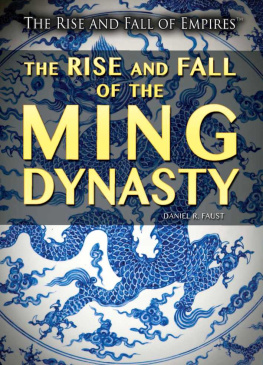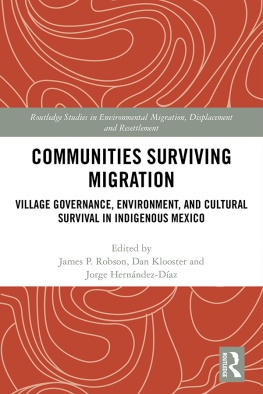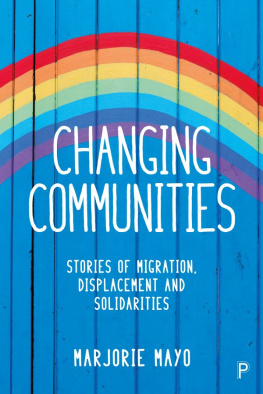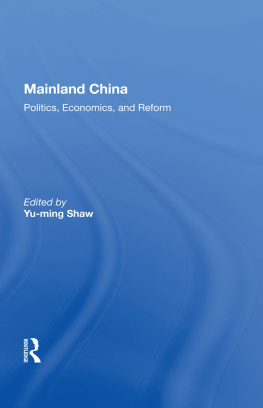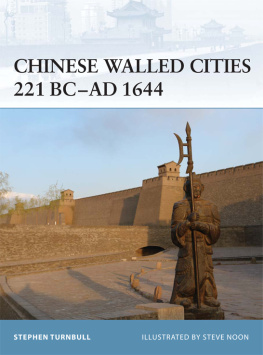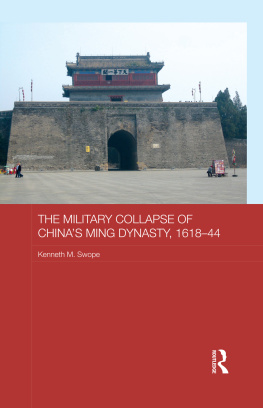Changing China: Migration, Communities and Governance in Cities
Chinas unprecedented urbanization is underpinned by not only massive rural-urban migration but also a household registration system embedded in a territorial hierarchy that produces lingering urban-rural duality. The mid-1990s onwards witnessed increasing reliance on land revenues by municipal governments, causing repeated redrawing of city boundaries to incorporate surrounding countryside. The identification of real estate as a growth anchor further fueled urban expansion. Sprawling commodity housing estates proliferate on urban-rural fringes, juxtaposed with historical villages undergoing intense densification. The traditional urban core and work-unit compounds also undergo wholesale redevelopment. Alongside a large influx of migrants, major reshuffling of population has taken place inside metropolitan areas. Chinese cities today are more differentiated than ever, with new communities superimposing and superseding older ones. The rise of the urban middle class, in particular, has facilitated the formation of homeowners associations, and poses major challenges to hitherto state dominated local governance.
The present volume tries to more deeply unravel and delineate the intertwining forms and processes outlined above from a variety of angles: circulatory, mobility and precariousness; urbanization, diversity and segregation; and community and local governance. Contributors include scholars of Chinese cities from mainland China, Hong Kong, Canada, Australia and the United States.
This volume was previously published as a special issue of Eurasian Geography and Economics.
Si-ming Li is currently Director of the David C. Lam Institute of East-West Studies and Chair Professor of Geography, Hong Kong Baptist University.
Shenjing He is an Associate Professor at the Department of Urban Planning and Design, The University of Hong Kong.
Kam Wing Chan is Professor of Geography at the University of Washington.
Changing China: Migration, Communities and Governance in Cities
Chinas unprecedented urbanization is underpinned by not only massive rural-urban migration but also a household registration system embedded in a territorial hierarchy that produces lingering urban-rural duality. The mid-1990s onwards witnessed increasing reliance on land revenues by municipal governments, causing repeated redrawing of city boundaries to incorporate surrounding countryside. The identification of real estate as a growth anchor further fueled urban expansion. Sprawling commodity housing estates proliferate on urban-rural fringes, juxtaposed with historical villages undergoing intense densification. The traditional urban core and work-unit compounds also undergo wholesale redevelopment. Alongside a large influx of migrants, major reshuffling of population has taken place inside metropolitan areas. Chinese cities today are more differentiated than ever, with new communities superimposing and superseding older ones. The rise of the urban middle class, in particular, has facilitated the formation of homeowners associations, and poses major challenges to hitherto state dominated local governance.
The present volume tries to more deeply unravel and delineate the intertwining forms and processes outlined above from a variety of angles: circulatory, mobility and precariousness; urbanization, diversity and segregation; and community and local governance. Contributors include scholars of Chinese cities from mainland China, Hong Kong, Canada, Australia and the United States.
This volume was previously published as a special issue of Eurasian Geography and Economics.
Si-ming Li is currently Director of the David C. Lam Institute of East-West Studies and Chair Professor of Geography, Hong Kong Baptist University.
Shenjing He is an Associate Professor at the Department of Urban Planning and Design, The University of Hong Kong.
Kam Wing Chan is Professor of Geography at the University of Washington.
First published 2017
by Routledge
2 Park Square, Milton Park, Abingdon, Oxon, OX14 4RN, UK
and by Routledge
711 Third Avenue, New York, NY 10017, USA
Routledge is an imprint of the Taylor & Francis Group, an informa business
2017 Taylor & Francis
All rights reserved. No part of this book may be reprinted or reproduced or utilised in any form or by any electronic, mechanical, or other means, now known or hereafter invented, including photocopying and recording, or in any information storage or retrieval system, without permission in writing from the publishers.
Trademark notice: Product or corporate names may be trademarks or registered trademarks, and are used only for identification and explanation without intent to infringe.
British Library Cataloguing in Publication Data
A catalogue record for this book is available from the British Library
ISBN 13: 978-1-138-69084-4
Typeset in Times New Roman
by RefineCatch Limited, Bungay, Suffolk
Publishers Note
The publisher accepts responsibility for any inconsistencies that may have arisen during the conversion of this book from journal articles to book chapters, namely the possible inclusion of journal terminology.
Disclaimer
Every effort has been made to contact copyright holders for their permission to reprint material in this book. The publishers would be grateful to hear from any copyright holder who is not here acknowledged and will undertake to rectify any errors or omissions in future editions of this book.
Contents
Citation Information
The chapters in this book were originally published in Eurasian Geography and Economics, volume 55, issue 4 (August 2014) and volume 56, issue 3 (June 2015). When citing this material, please use the original page numbering for each article, as follows:
Chapter 2
Instability of migrant labor supply in China: evidence from source areas for 19872008
Yan Yuan, Zhao Rong, Rudai Yang and Liu Yang
Eurasian Geography and Economics, volume 56, issue 3 (June 2015) pp. 231259
Chapter 3
Residential mobility within Guangzhou city, China, 19902010: local residents versus migrants
Si-ming Li and Yushu Zhu
Eurasian Geography and Economics, volume 55, issue 4 (August 2014) pp. 313332
Chapter 4
Participation and expenditure of migrants in the illegal lottery in Chinas Pearl River Delta
Zhiming Cheng, Russell Smyth and Gong Sun
Eurasian Geography and Economics, volume 55, issue 4 (August 2014) pp. 333361
Chapter 5
The effects of residential patterns and Chengzhongcun housing on segregation in Shenzhen
Pu Hao
Eurasian Geography and Economics, volume 56, issue 3 (June 2015) pp. 308330
Chapter 6
Space to maneuver: collective strategies of indigenous villagers in the urbanizing region of northwestern China
Jing Song
Eurasian Geography and Economics, volume 55, issue 4 (August 2014) pp. 362380
Chapter 7
Neighborhood conflicts in urban China: from consciousness of property rights to contentious actions
Qiang Fu
Eurasian Geography and Economics, volume 56, issue 3 (June 2015) pp. 285307
Chapter 8
Homeowner associations and neighborhood governance in Guangzhou, China
Shenjing He
Eurasian Geography and Economics, volume 56, issue 3 (June 2015) pp. 260284

